Phoenix Roebelenii – Pygmy Date Palm
£42.95 Original price was: £42.95.£30.07Current price is: £30.07.
- Shop with ease, buy with confidence.
- Shop with Ease
- Buy quality, buy with us.
- Protect Your Wallet with Safe Payments

Elegantly shimmering in the sunlight, this tropical cluster of long arching fronds calmly drapes your interiors with a soothing tranquillity.
Like its cousin, the Canariensis, Phoenix roebelenii exhibits remarkable hardiness and can be introduced outdoors during favourable weather conditions, allowing its feathery leaves to evoke the essence of exotic locales and sun-kissed holidays across home and garden.
Phoenix roebelenii – Pygmy Date Palm Care & Info Guide
Horty Hints
Adapt and acclimatise. Gently transition your Phoenix palm outdoors during spring or early summer. Begin only with daytime exposure and gradually increase to prevent shock.
Too wet, pet? Yellowing leaves is a sign that the palm has been watered too much. Allow the soil to almost dry out completely between waterings.
Lower leaves die off as plant grows and new leaves are produced. Remove any dead leaves only once they have dropped below horizontal, which will encourage the trunk to develop. Spines can be sharp so take care whilst handling.

Light
Phoenix roebelenii can tolerate a wide range of light conditions, from bright, indirect light to partial shade. For best results ensure your palm gets some direct morning and evening sun.

Watering
Water when the soil is starting to become slightly dry at the top. Palms don’t like sitting in wet soil so do not overwater, however keep moist particularly during the summer. In the cooler months water more sparingly.

Temperature
Versatile across a range of temperatures: anything from -5°C to 37°C. If indoors during the winter, they would benefit from being in a cooler location, ideally 10-13°C. Avoid cold draughts and radiators.

Humidity
Phoenix roebelenii prefers normal household humidity conditions, although you could mist from time-to-time in the warmer months to encourage better growth.

Feed
Feed occasionally at half-strength during the warmer months. Do not feed during the winter.

Height & Growth Rate
The Pygmy Date Palm is a slow-growing plant which typically reaches a maximum indoor height of approximately 2 metres. Can reach much higher in their native outdoor environment.

Toxicity
This palm is considered non-toxic and is therefore safe around children and animals.
Air Purifying
 Palms clean and improve air quality by filtering formaldehyde, benzene and carbon monoxide from the local atmosphere.
Palms clean and improve air quality by filtering formaldehyde, benzene and carbon monoxide from the local atmosphere.

Origin
Phoenix roebelenii is native to South East Asia.
| SIZE: Pot Diameter x Total Height | 17 x 70cm, 21 x 80cm, 24 x 85cm |
|---|
Be the first to review “Phoenix Roebelenii – Pygmy Date Palm” Cancel reply
Related products
HOUSEPLANT STYLES
HOUSEPLANT STYLES
HOUSEPLANT STYLES
HOUSEPLANT STYLES
HOUSEPLANT STYLES
HOUSEPLANT STYLES
HOUSEPLANT STYLES
HOUSEPLANT STYLES



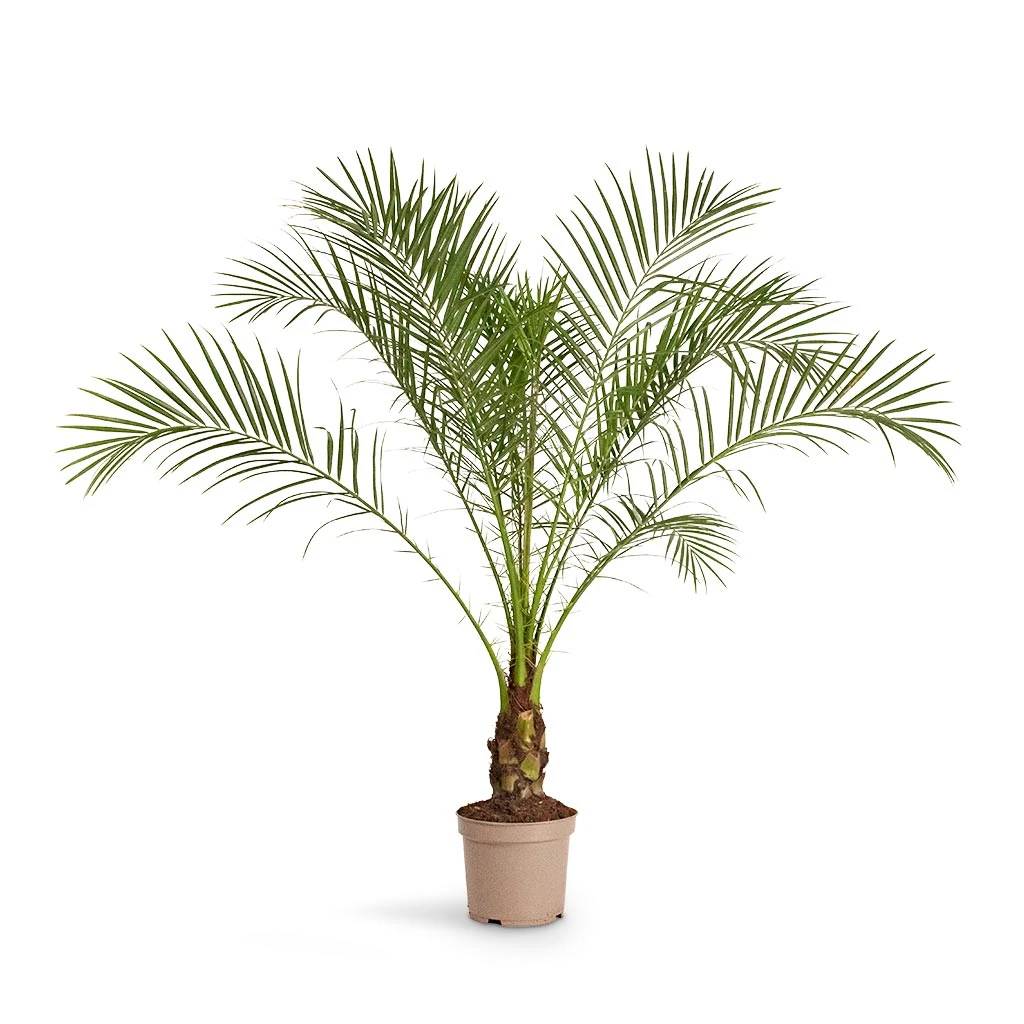
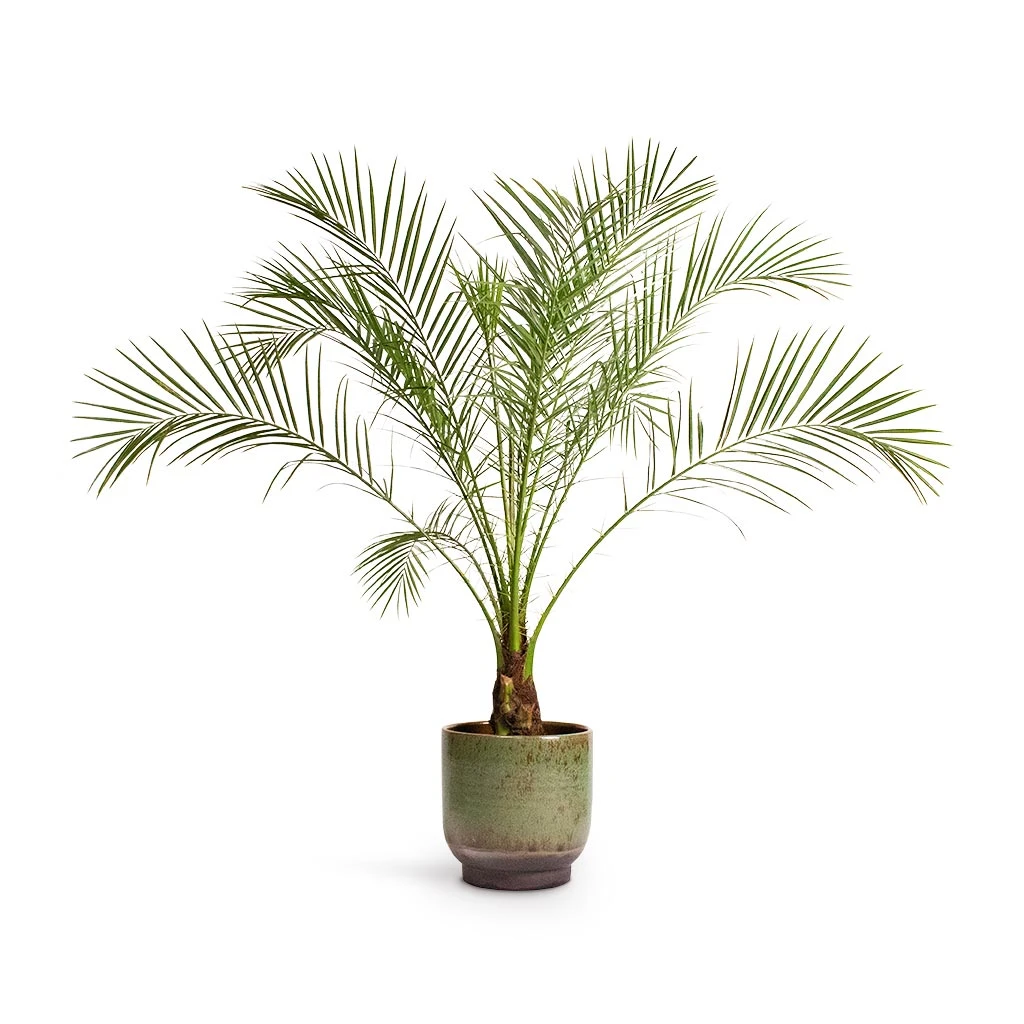



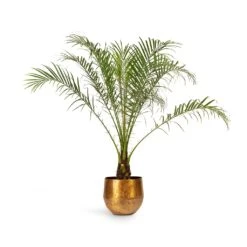


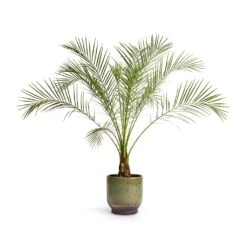



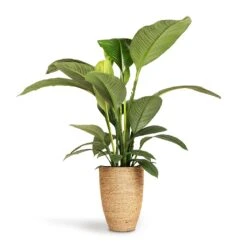

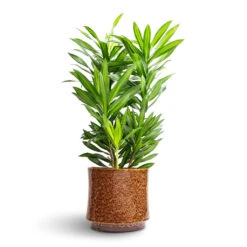
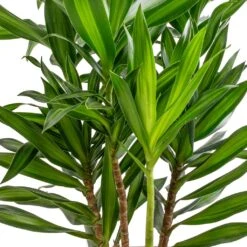
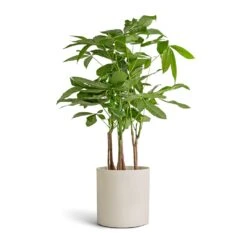
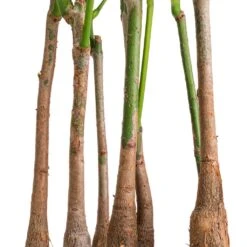
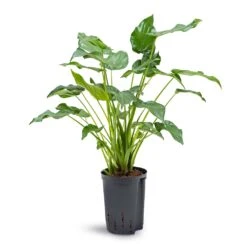

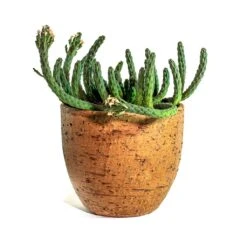
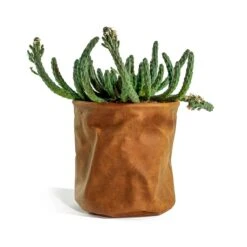

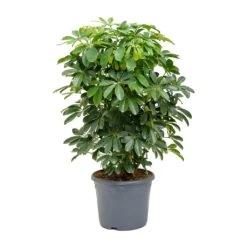
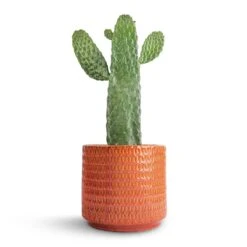

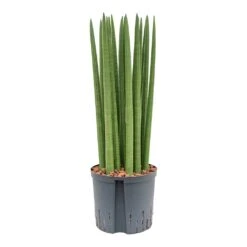

Reviews
There are no reviews yet.